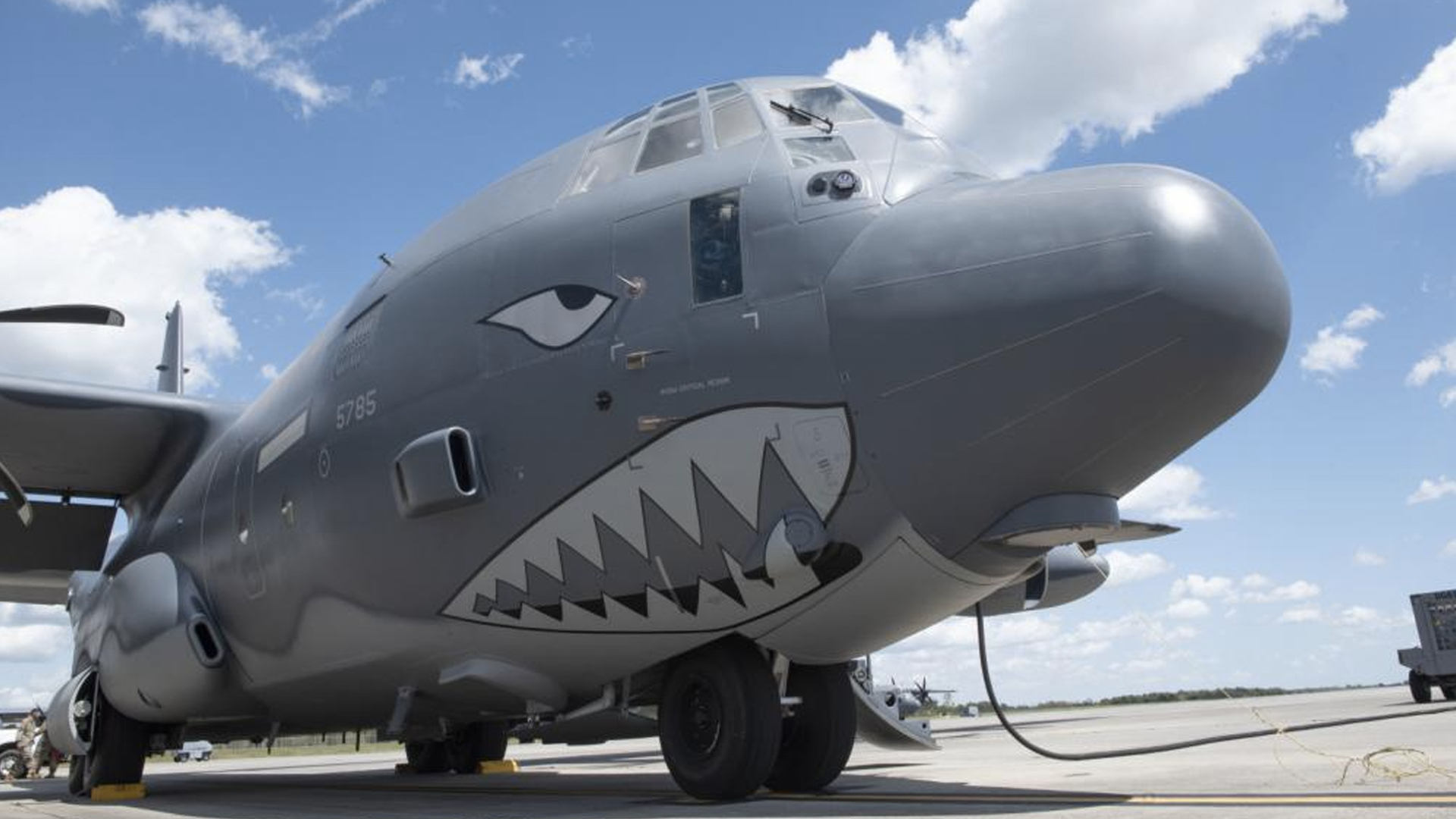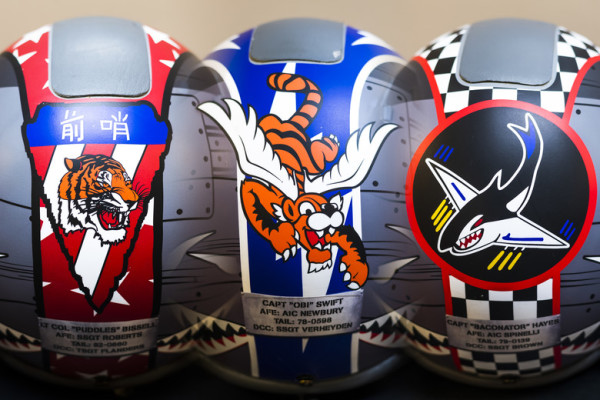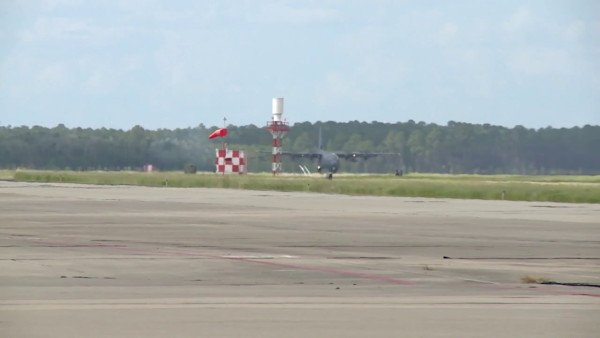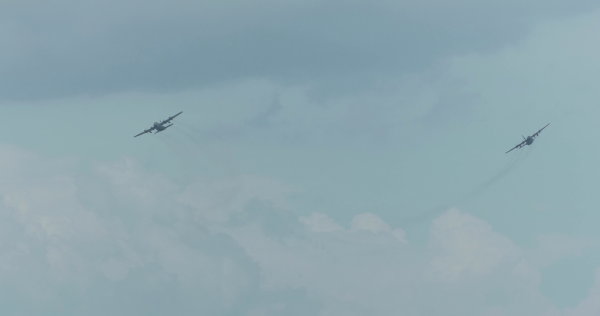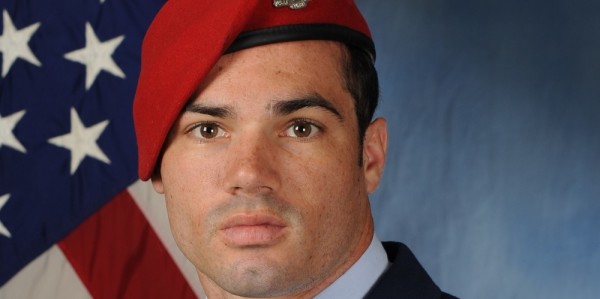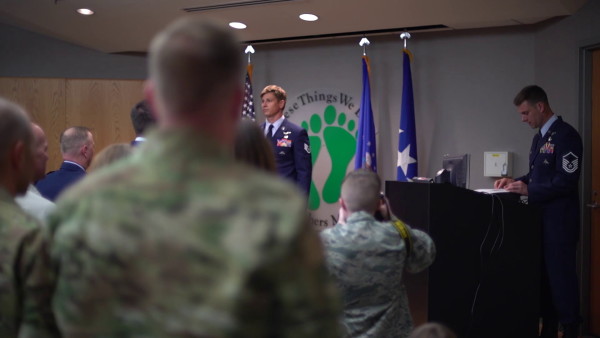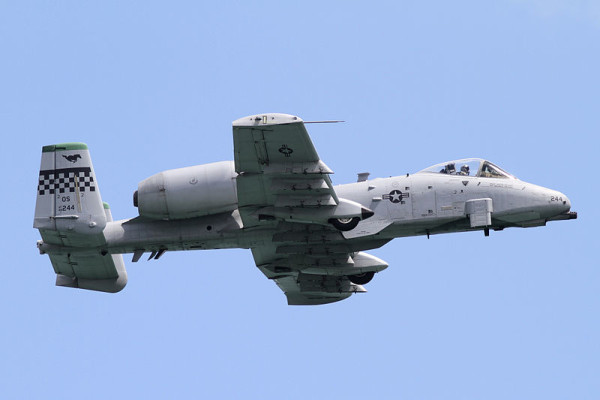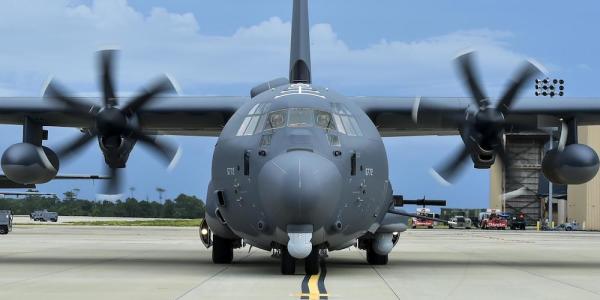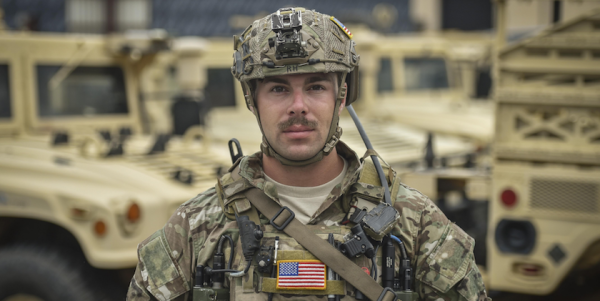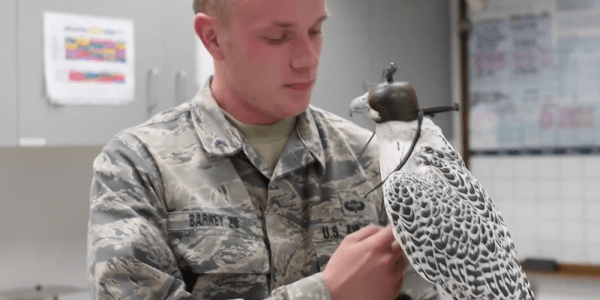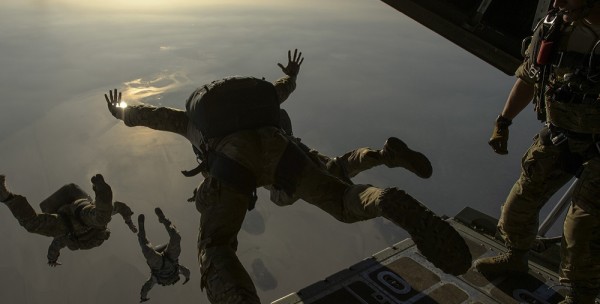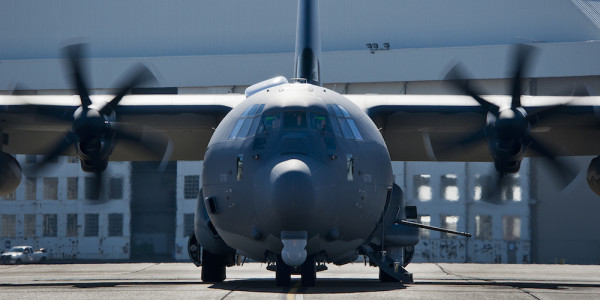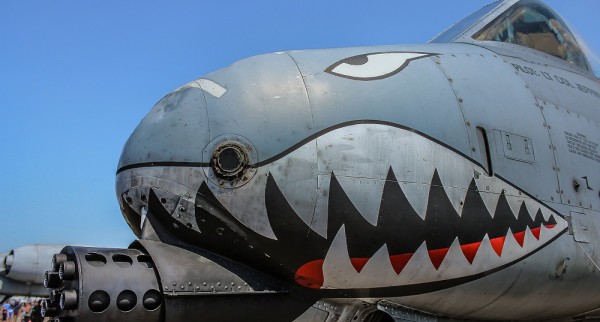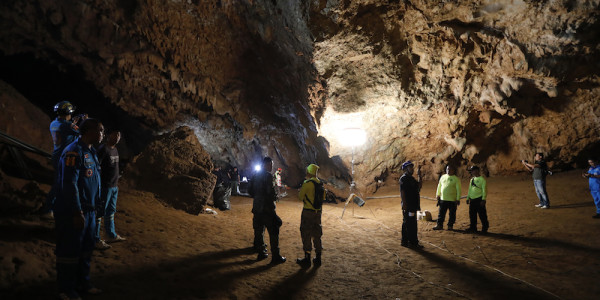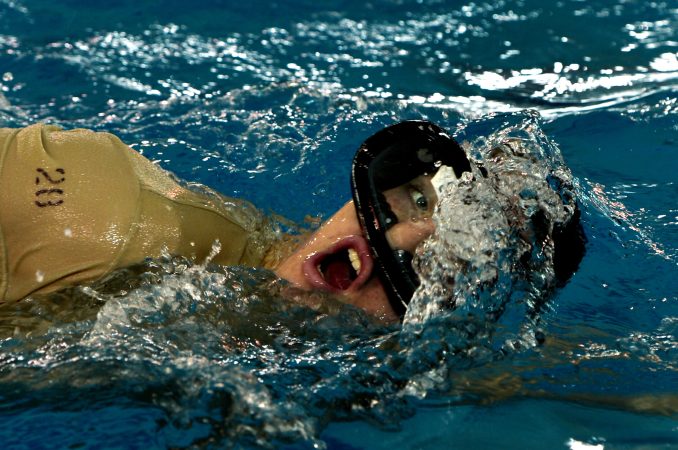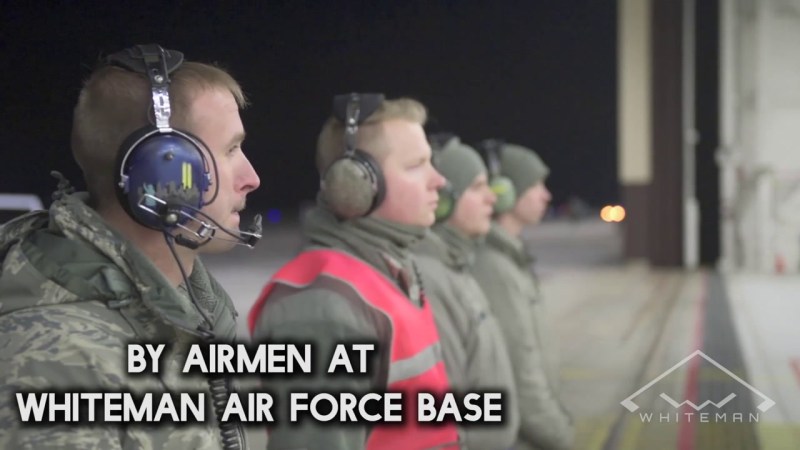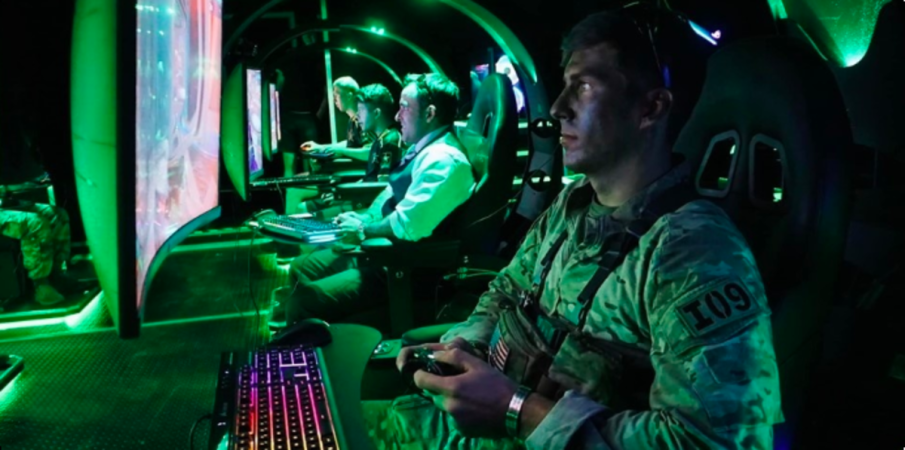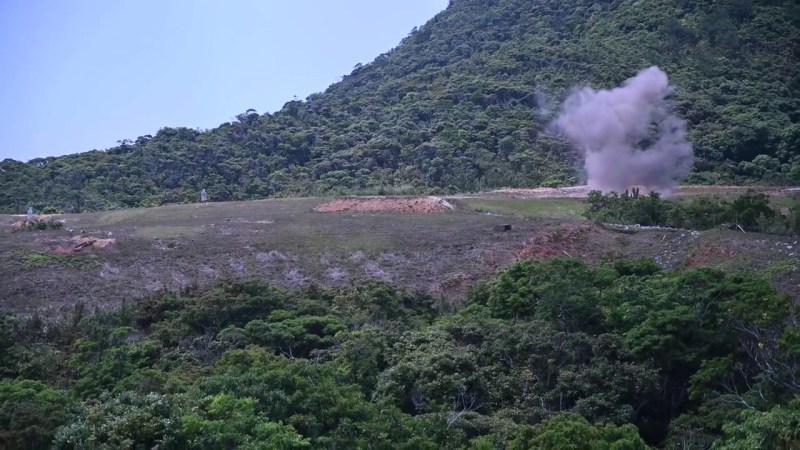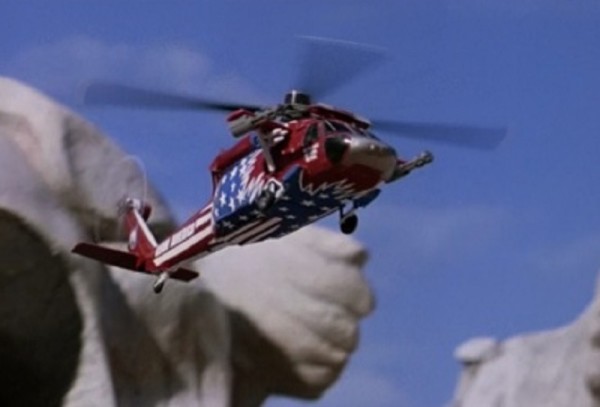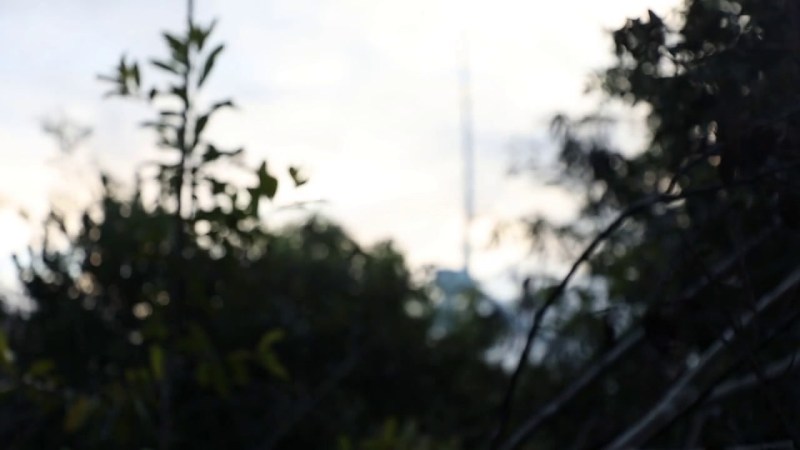It’s a bird, it’s a plane, it’s a … whale shark? You’re damn right it is: that’s the name of the newly-anointed flagship for the 23rd Wing based at Moody Air Force Base, Georgia. As the flagship, the HC-130J Combat King II rescue plane is now the wing’s pride and joy, and the aircraft was graced with a matching pair of shark teeth painted near its nose late last month.
“The flagship stands as a symbol and rallying point for the wings command,” said William Godwin, 23rd Wing historian, in a recent press release. “It represents the commander of the squadron, group, or wing.”
Task & Purpose has highlighted several flagship aircraft across the Air Force and Navy in the past, including A-10 attack jets, F-15 and F-16 fighter jets and an MH-60 Seahawk helicopter. Flagship aircraft often sport impressive paint jobs that represent the unit’s values and heritage, and the 23rd Wing’s toothy C-130 is no different.
Besides looking cool, the shark teeth represent the 23rd Wing’s historical roots in the American Volunteer Group, a unit of American pilots led by Lt. Gen. Claire Chennault who fought against the Japanese over Burma and China in World War II. Also called the Flying Tigers, the volunteers painted shark teeth around the airscoops of their P-40 Warhawk fighter planes, a tradition which continues to this day.

“We name the jets, we call them him or her, paint mustaches and teeth on them as an extension of ourselves,” the 23rd Wing commander, Col. Russell “Bones” Cook, said at the dedication ceremony. “The shark teeth of Claire Chennault’s Flying Tigers have once again returned to the HC-130, humanizing a machine that’s as much a warfighter as any of us.”
Subscribe to Task & Purpose Today. Get the latest in military news, entertainment, and gear in your inbox daily.
The 23rd Wing is a unique command because unlike other wings, which often revolve around one class of aircraft such as fighters or bombers, the 23rd includes both HC-130J rescue planes, HH-60 rescue helicopters and A-10 attack jets, which can both destroy targets and provide overwatch for search and rescue missions. It may be a mixed bag of jets, propellers and rotors, but all the aircraft of the 23rd can help achieve the central mission of finding and picking up friendly forces under fire.
“The teeth may have been first painted to inspire fear in our enemies, but it’s just as importantly a reminder and inspiration for ourselves,” Cook said. “A reminder that we are here to fight, the first to run to the call of help.”

This is the first time the wing has made a C-130 its flagship. Cook chose the Combat King for the honor because it resembles the HC-130P King which refueled his own flights over Iraq and Afghanistan, according to the press release. Cook spent much of his career flying HH-60G and UH-1H helicopters, according to his command biography.
Because of its new status, the plane has Cook’s name painted on the side of it, along with that of the dedicated crew chief who takes care of the C-130 on the ground. The tail flash and tail number are also shadowed with white accents “to help the aircraft stand out,” the press release said.
“For the maintainers, this is a source of immense pride, knowing that the wing commander chose their aircraft as his flagship,” said Godwin, the wing historian.
Real-life whale sharks don’t have razor sharp teeth. They are filter feeders who eat plankton and are called “gentle giants” by the World Wildlife Fund. And while whale sharks are the largest species of fish in the world, their 11-ton weight and 40 to 60-foot length is dwarfed by the 112-feet long, 40-ton weight of a C-130J. But a whale shark won’t go down easy, considering its size, and neither will a C-130, which can fly into hurricanes, take off on ice and so much more. Those are all good traits to have in a plane coming to rescue you.
“This plane represents the rescue commitment to travel the world and save lives, to embody the motto, ‘That others may live.’” said 2nd Lt. Dusty Strickland, of the 23rd Wing.
What’s new on Task & Purpose
- Air Force investigates cargo plane crew for ‘unplanned’ landing to pick up motorcycle in Martha’s Vineyard
- ‘Top Gun’ sequel isn’t even out yet and we already know they f–ked up the uniforms
- The Marine Corps has an eating disorder problem
- The Army knows its op-tempo is ‘unsustainable’ but can’t seem to fix it
- ‘Call that a good day’ — An American is live-tweeting his part in the war in Ukraine
Want to write for Task & Purpose? Click here. Or check out the latest stories on our homepage.

